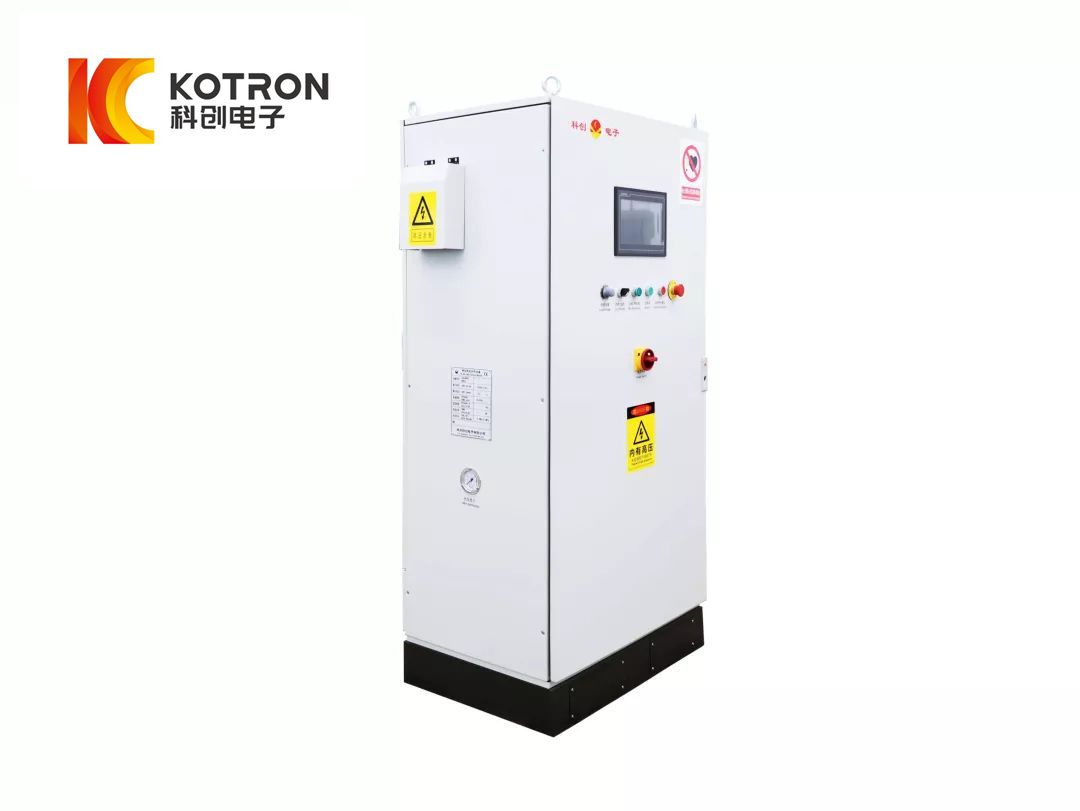Tempering brittleness of hardened steel
2024-03-22
Tempering brittleness of hardened steel

The impact toughness of quenched steel during tempering does not always increase monotonically with the increase of tempering temperature. Some steels are at a certain temperature.
When tempering within the range, its impact toughness will be significantly reduced. This embrittlement phenomenon is called temper brittleness of steel. Steel at 250~400℃
The temper brittleness that occurs in the temperature range is called the first type of temper brittleness, and the temper brittleness that occurs in the temperature range of 450 to 650 ℃
It is called the second type of temper brittleness.
(1) The first type of temper brittleness
The first type of temper brittleness occurs in almost all industrial steels. The alloying elements contained in steel generally cannot be suppressed
The first type is temper brittleness, but elements such as Si, Cr, Mn can push the embrittlement temperature to a higher temperature. So far, not yet
There is a heat treatment or alloying method that effectively eliminates the first type of temper embrittlement. Once this type of temper brittleness occurs, it cannot be
Recover, so it is also called irreversible temper brittleness. In order to prevent the first type of temper embrittlement, the usual method is to avoid the embrittlement temperature
Tempering within the temperature range.
(2) The second type of temper brittleness
The second type of temper brittleness mainly occurs in alloy structural steels, and carbon steel generally does not exhibit such temper brittleness. Second class back
Fire brittleness usually occurs when tempering at around 550℃ and then slowly cooling. If it is cooled quickly, the embrittlement will disappear or be affected.
To restrain. Therefore, this temper brittleness can be eliminated by high temperature tempering and rapid cooling, but if the brittleness has been eliminated
The steel parts were tempered again at high temperature and then slowly cooled, and the embrittlement phenomenon reappeared. For this reason, the second type of temper brittleness is also called reversible
Fire brittleness. When the steel contains elements such as Cr, Mn, P, As, Sb, the tendency of the second type of temper brittleness will increase.
In addition to Cr, when Ni or an equivalent amount of Mn is contained, the second type of temper brittleness is more pronounced. W, Mo and other elements can reduce
The tendency to produce weak second type temper brittleness.
There are many ways to prevent or reduce the second type of temper brittleness. The method of rapid cooling after high temperature tempering can suppress this kind of temper brittleness
However, this method is not suitable for larger workpieces that are sensitive to temper brittleness. Adding alloying elements such as Mo and W to the steel hinder impurities
The segregation of quality elements on the grain boundary can also effectively suppress the second type of temper brittleness. In addition, for hypoeutectoid steels can be used in
The method of sub-temperature quenching in the critical region of A1~A3 dissolves harmful impurity elements such as P into the remaining ferrite, thereby reducing these impurities
The segregation of substances on the original austenite grain boundaries can also significantly reduce the second type of temper brittleness. Also, choose the pole containing impurity elements
Less high-quality steel and the use of thermomechanical heat treatment can weaken the second type of temper brittleness.


